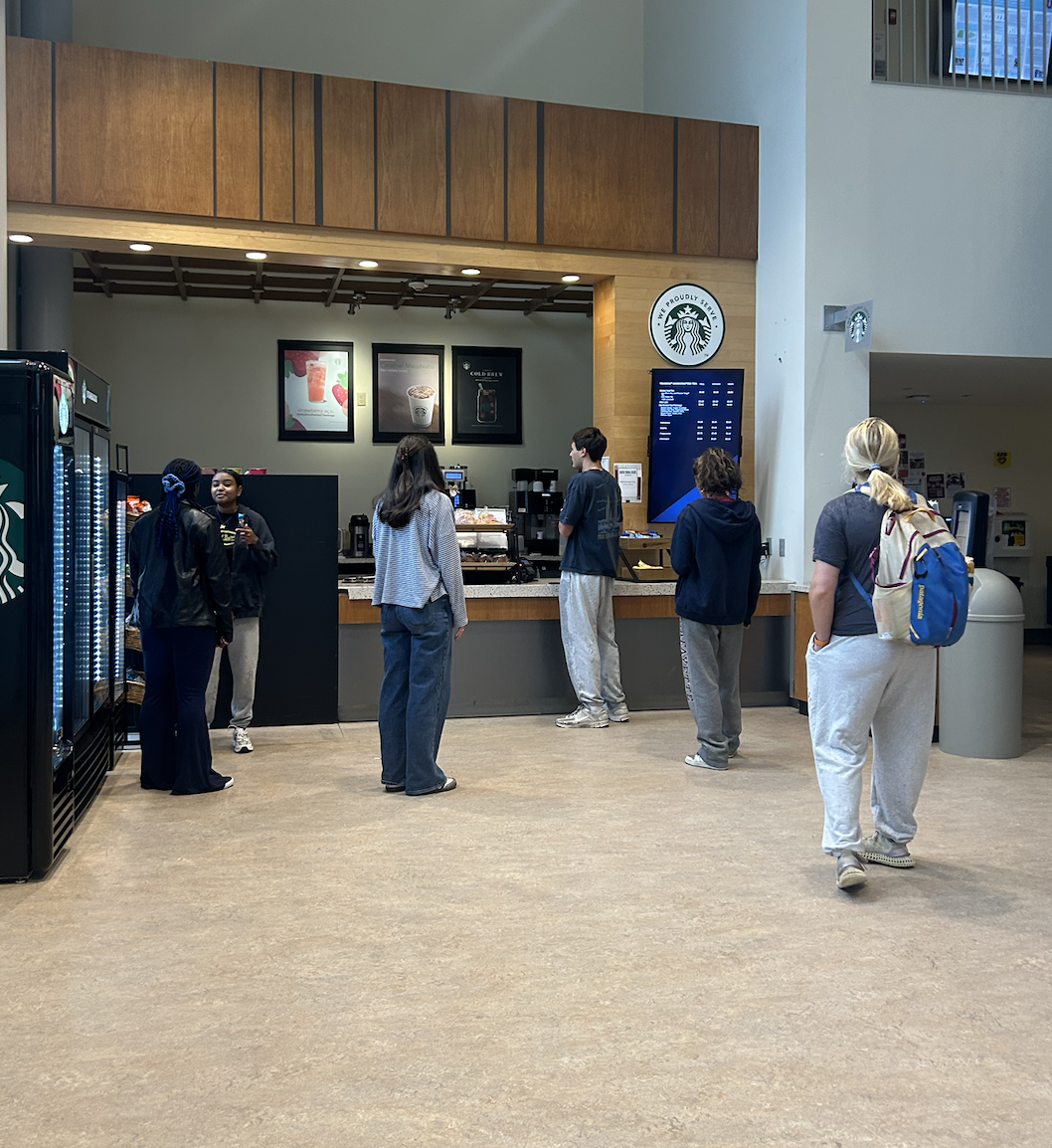The mutual bond that dogs and humans share is a textbook case of perfect symbiosis; that is cause for great rejoice. Since the dawn of the genus homo some 100,000 years ago, humans and dogs have shared a bond so strong that both human and dog brains have shrunk as we learned to depend upon each other.
In fact, there are those in modern anthropological academia who argue that the symbiotic relationship that we share with dogs is what allowed us as a species to compete and survive so effectively.
The domestication of dogs may seem like an incredibly intriguing mystery, but it is really rather intuitive when you consider the similarities between human and dog family units. In an article written in the journal Psychology Today, Doctor Nigel Barber elaborates on some of the reasons that the relationship between dogs and humans is so close. Like dogs, Barber writes, humans are territorial, cooperative, and emotionally attached to fellow members of their family. Whenyou consider these similarities, it is not difficult to see how natural the union of dogs and man is, and even today, where dogs are more often than not simply pets rather than tools to aid human survival, the bond remains incredibly strong.
Most dog owners that I know would absolutely consider their dog to be a member of the family, and we often humanize our dogs often, such as when your dog gives you a quizzical look and you speak to it, asking it what it wants or what it’s looking at.
Making a case that dogs and humans have actually domesticated each other, Barber writes that since our history with dogs began some 100,000 years ago, the human brain has experienced shrinkage in certain brain regions (the olfactory bulb and lateral geniculate body) responsible for senses such as smelling and sight, while the brains of dogs have shrunk nearly 20% in regions of the brain responsible for critical thinking and cognition.
So, during our ascent into being the greatest species, we leaned on dogs to help us smell and see, which was useful for security and hunting, while dogs depended on us to provide food and shelter for them. I would say that physiologically, Barber’s case is strong that humans and dogs domesticated each other, and it’s not so outlandish, considering that many people would consider that a pillar of good morals is not hurting innocent animals like dogs (which you should definitely never do under any circumstances because dogs are great).
The utility dogs offer us extends up until today, as well. While the use of dogs for hunting is still common (though certainly not as common as it used to be), likely more common yet is the use of service dogs. Dogs have impressively tuned senses, so much so that there exists service dogs for a variety of functions, such as detecting low blood sugar levels in diabetic patients, or detecting anxiety in people with anxiety disorders, and that’s just talking about individuals that receive aid from individual dogs.
Dogs offer further utility yet to fire departments, police departments and other government organizations like the drug enforcement agency. Every day, dogs are saving the lives of humans, whether it be a seeing-eye dog preventing a blind man from walking into the road, or a fire department dog finding people trapped underneath a fallen building debris so that they can be rescued.
I’ve spent all this time to discuss the very pragmatic applications of dogs in our lives and in our history, but I’ve neglected the best feature of dogs: their undivided love for their humans. Dogs just have this incredible goodness that they exude, and it is truthfully for that reason alone that anyone should consider owning a dog.











